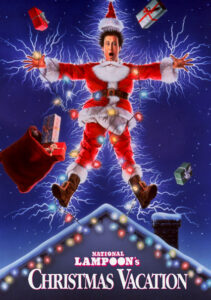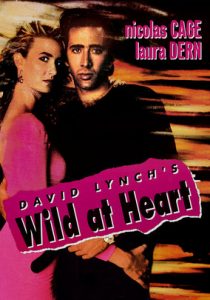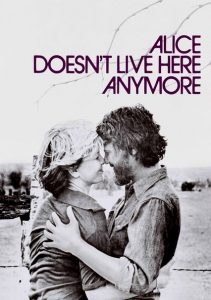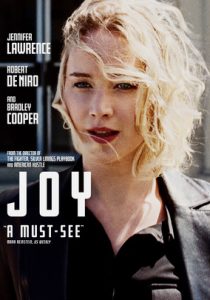National Lampoon’s Christmas Vacation-1989
Director Jeremiah S. Chechik
Starring Chevy Chase, Beverly D’Angelo, Randy Quaid
Scott’s Review #1,248
Reviewed April 23, 2022
Grade: A-
Made several years after the first in the National Lampoon’s Vacation series (1983-2015), the inevitable production of National Lampoon’s Christmas Vacation (1989) is my personal favorite of the bunch and the most laugh-out-loud.
Silly personified but the jokes work and the enjoyment carries throughout the entire running time.
In retrospect, you knew they were going to do it. What better fodder for the bumbling Griswold family than to have them reunite with extended family on such a seasonal holiday? The gags and awkward situations are ripe for the picking as situation after setup is done exceptionally well and with grand humor.
The silliness works and the film is a recommended watch around the holidays with the family gathered around. Viewers can either relate directly to the film or inevitably know families that resemble the incompetent yet loveable Griswolds.
As the holidays approach, Clark Griswold (Chevy Chase) is determined to have a perfect family Christmas. He motivates his wife, Ellen (Beverly D’Angelo), and their children to make sure everything is in line, including the tree and house decorations.
Naturally, things quickly go awry in the greatest of humor.
His hick cousin, Eddie (Randy Quaid), and his family show up unplanned and start living in their camper on the Griswold property. Even worse, Clark’s employers renege on the holiday bonus he needs causing a great deal of stress for the family patriarch.
For starters, the film has a cool holiday vibe. The setting is wisely the midwest United States somewhere outside of Chicago, Illinois. Snow is to be found everywhere and Christmas decorations and lights are lit all over the place throughout the film. This equates to a suburban and homey atmosphere that is warming and friendly.
Most viewers can snuggle in amid a warm fireplace and delicious hot cocoa and enjoy the film. The environment is one of National Lampoon’s Christmas Vacation’s finest achievements.
A classic moment and the film’s funniest scene occurs when Clark excitedly decorates the inside and outside of the house to the nth degree and blows the town’s electric circuit as a result leading to uproar among his neighbors. Proud Clark’s ego is suddenly deflated and the man must rise above it all to somehow enjoy his family Christmas.
Watching the film decades after its release is still great fun as a nostalgia offering. The tacky Griswold Ford LTD station wagon with paneled siding is garish and unsightly (then and now) and anyone growing up in the 1980s can easily recall when suburban families would pile into this gas-guzzling car.
Not every aspect works perfectly in National Lampoon’s Christmas Vacation like the unappealing yuppie neighbors Todd and Margo (played by Nicholas Guest and Julia Louis-Dreyfus) or Eddie and his redneck family. These roles are a bit too over the top and secondary inclusions to be the major win that the film is.
The real wins from the supporting cast are Clark’s immediate family. His parents and Ellen’s parents are perfectly cast and provide excellent comic timing and seasoned wit. Special notice goes to John Randolph, Diane Ladd, and Doris Roberts.
And who won’t fall in love with Clark’s senile Aunt Bethany played with hilarity by Mae Questel (the voices for animated Betty Boop and Olive Oyl)?
Predictably, and well-intentioned, all the Griswold problems quickly fade away when Clark receives his annual Christmas bonus after all and all characters have a lovely send-off while singing ‘The Star-Spangled Banner’ just in the odd way that the Griswolds would do.
National Lampoon’s Christmas Vacation (1989) used to be a traditional Christmas viewing for me but has shamefully fallen out of favor over the years. It might be time to dust off this forever gem that provides laugh after laugh, fun, and togetherness for the whole family.



